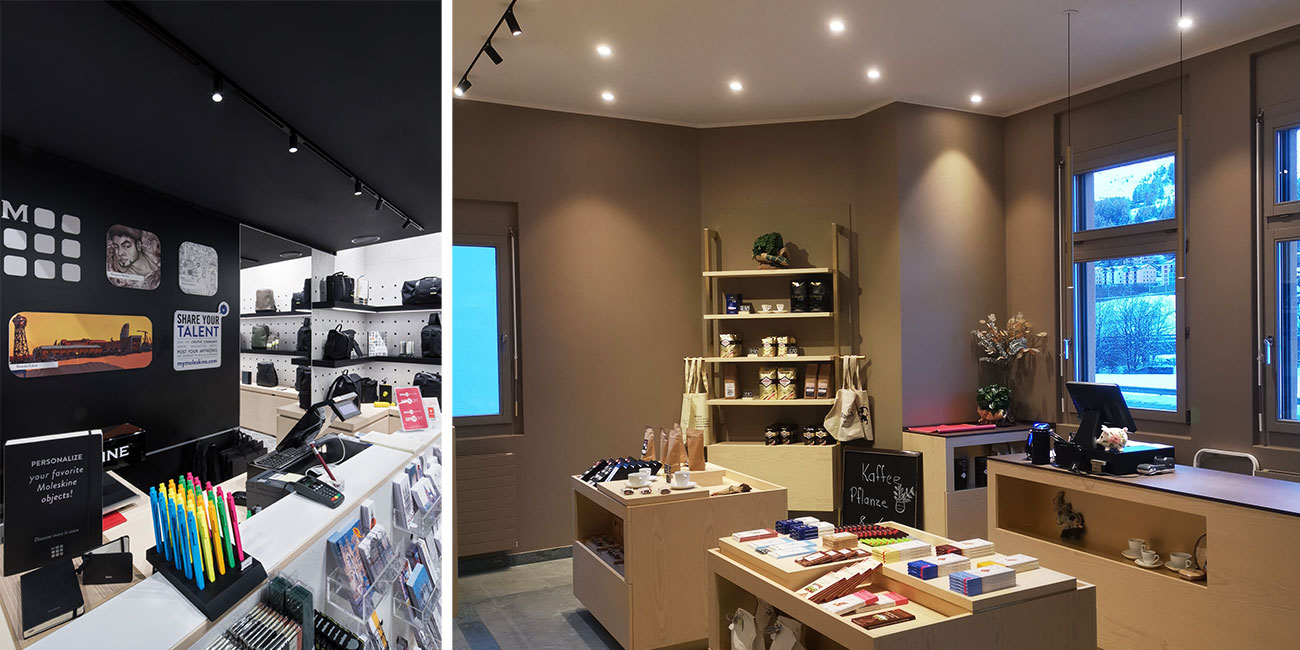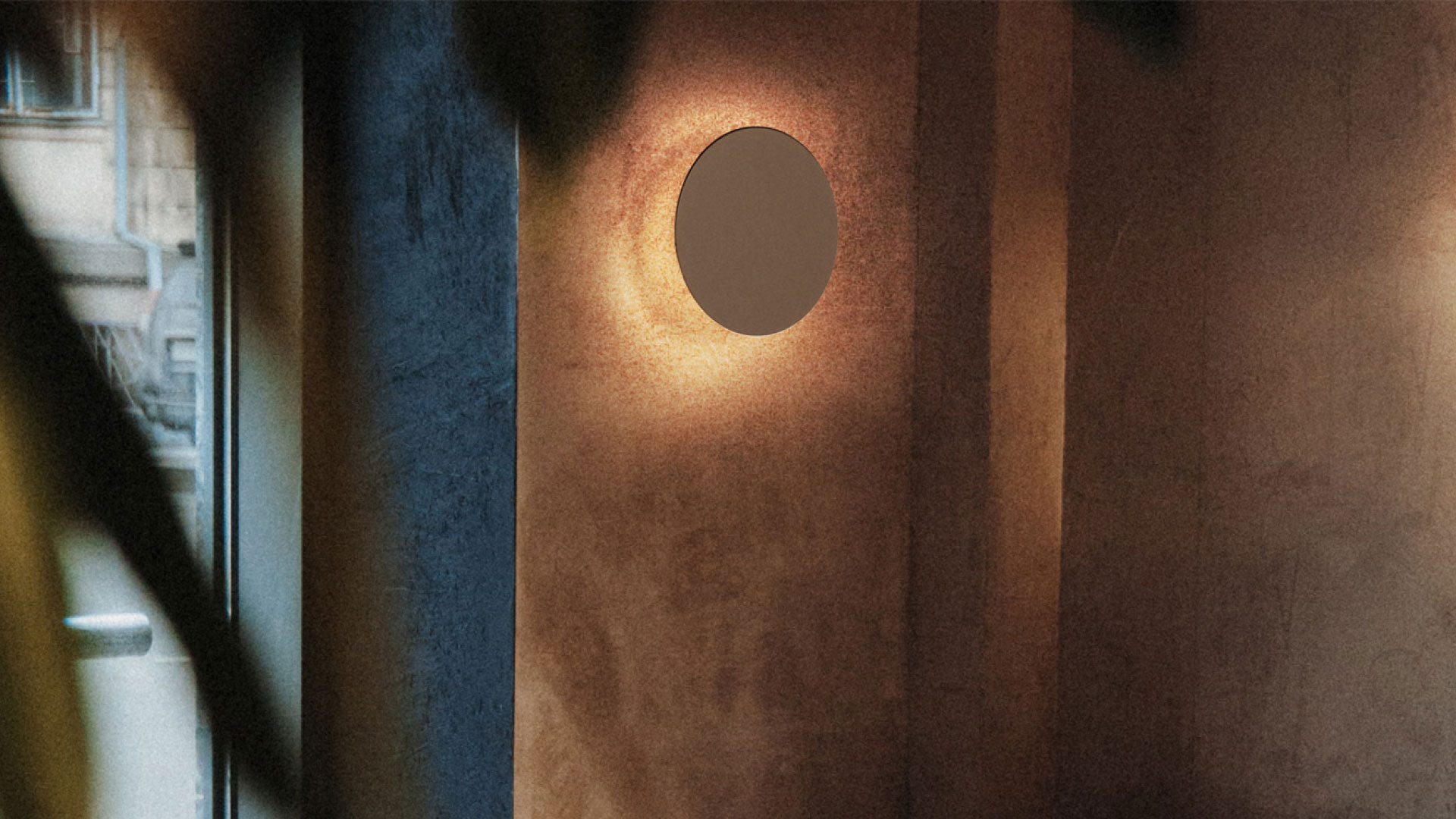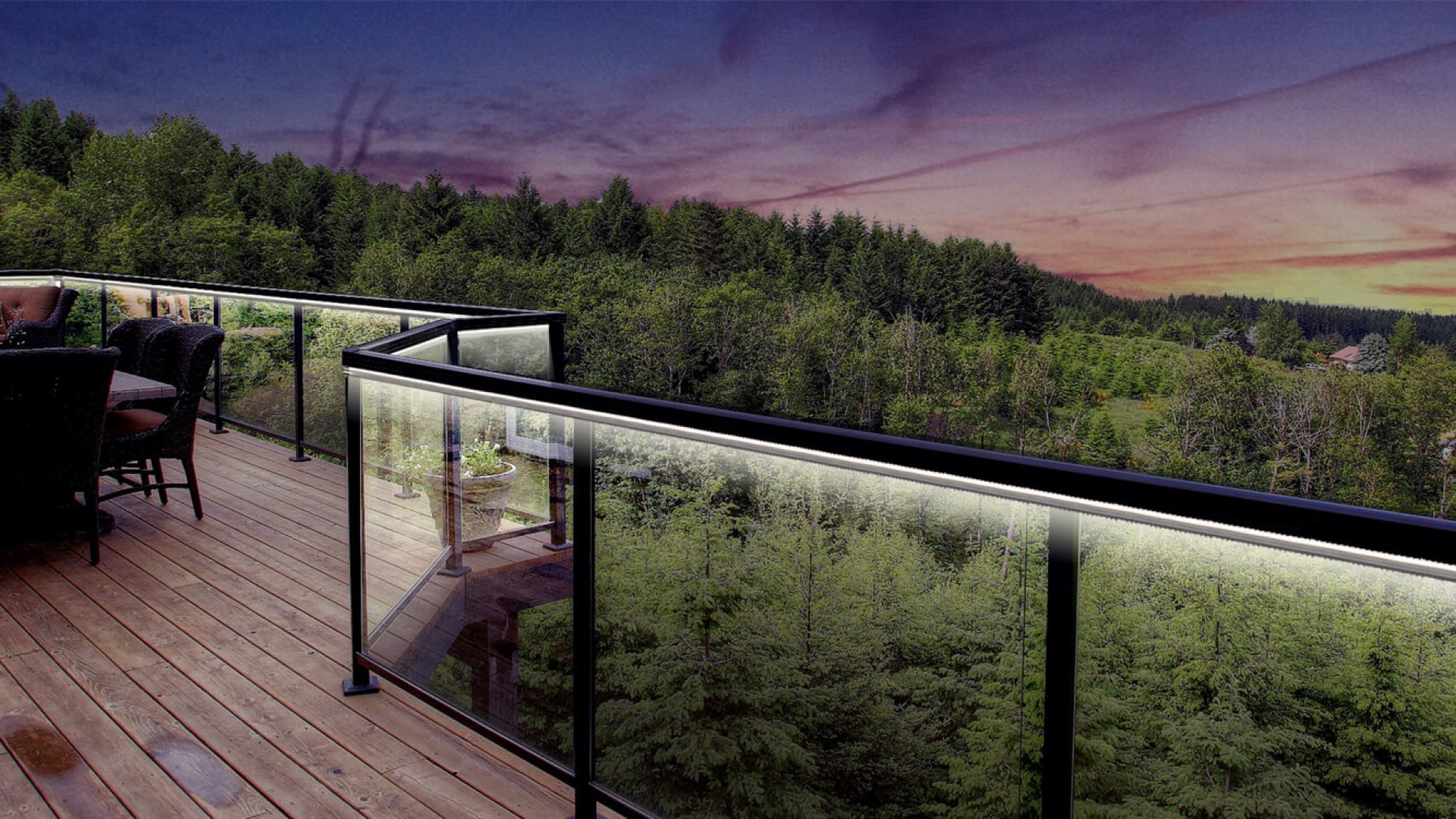Lighting is crucial in retail for creating an engaging and memorable customer experience. In addition to providing the right visibility of products, strategically positioning lighting points within a retail space can optimize the shopping experience, enhance the perception of the environment, and guide customers’ experience by influencing their decisions. Indeed, different neuromarketing studies have shown that different lighting options affect final purchase choices.
Retail Space Lighting
Lighting is crucial in retail for creating an engaging and memorable customer experience. In addition to providing the right visibility of products, strategically positioning lighting points within a retail space can optimize the shopping experience, enhance the perception of the environment, and guide customers’ experience by influencing their decisions. Indeed, different neuromarketing studies have shown that different lighting options affect final purchase choices.
Lighting types for retail spaces
Different types of lighting are used in retail spaces, each with its characteristics, specifications, and advantages. The main ones are:
General lighting: Provides uniform light for the entire space, illuminating and enhancing the products on display while ensuring adequate visibility.
Functional lighting: Specifically tied to the different needs of staff and the illumination of areas that mark the end point of the path within the store.
Accent lighting: used to highlight specific products or areas of interest in the store. It helps with the creation of interesting focal points within the space. This type of lighting is used to highlight specific elements and is based on sensory stimulation techniques.
Decorative lighting: adds an aesthetic element to the space with decorative lamps or light installations that outline the store’s identity.
The right atmosphere for general space lighting
Lighting can completely transform the appearance and customer perception of the display space. An effective lighting scheme defines the identity of the retail space by differentiating the various areas and drawing paths within it between the various products. Proper lighting attracts the attention of passers-by, enticing them to explore and purchase; conversely, inadequate lighting negatively affects customer engagement and willingness to stay inside the store or not. Warm and soft lighting can generate an intimate and relaxing atmosphere, ideal for stores that sell clothing or household goods. Bright and lively lighting, on the other hand, may be appropriate for stores selling technology products or jewelry, where it is important to highlight details and create a sense of energy, style, and modernity in the display space.
Planning the lighting layout is essential to maximize the effectiveness of illumination in retail spaces. It is crucial to consider the layout of products, focal points, and customer paths within the store. In addition, the light intensity must be balanced to avoid unwanted shadows or overexposed areas.
Led panels are a great solution for creating warm white or natural diffused light, while recessed lights create a refined style for the display space.
Accent Lighting for product display
Effective lighting makes products more attractive to sell, grabbing the attention of new and potential customers. Using directional lights or spotlights to illuminate shelves or display cases is ideal for highlighting products appropriately or enhancing certain items instead of others. In addition, the use of adjustable or dimmable lights allows the lighting to be adjusted according to the needs, such as hours with increased store visits or special events.
Functional lighting and checkout area
The checkout area is a critical point in the retail space, where customers may feel tempted to add some last items before leaving the store. Carefully designed lighting in this area can help highlight items on offer or popular products, encouraging further purchases. In addition, the lighting should be sufficient to allow employees to conduct transactions properly.
Decorative lighting and brand identity
Designing retail lighting, more and more brands are improving the customer experience through the installation of special lighting systems with modern designs or eye-catching light installations. These elements define the store style and create a strong brand identity through striking plays of light and color that delineate spaces where you can take a selfie to post on various platforms. The store’s decorating style and decorative lighting go hand in hand depending one on the other thus enhancing the environment. The retail space is transformed from a simple display place to a scenic space.
Sustainability and Energy Savings
In addition to aesthetics, it is also important to consider the energy efficiency and sustainability of lighting. Using energy-efficient LED lights and programmable lighting systems reduces the long-term operating costs and environmental impact because of their energy efficiency, durability, and versatility. LED lights make it easy to adjust light intensity and color, providing the flexibility to create different atmospheres and lighting scenes within the store.
In conclusion, lighting plays a key role in creating engaging experiences and optimizing sales in retail spaces. Investing in well-designed and strategic lighting can make all the difference in a store’s success by creating welcoming atmospheres, highlighting products, and enhancing the overall visitor experience.










